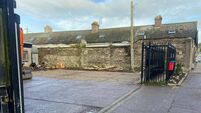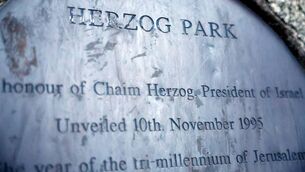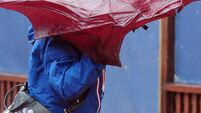Battle to rid beaches of sea lettuce
The torrential rain brought mud and gravel pouring down the by-roads and next morning council workers were out sweeping up the mess.
At low tide on the morning after, the ebbed estuary shone in the sunlight, with specks of gleaming white far out on the mud – shelduck, egrets, gulls, oystercatchers and lapwing. In places, sea lettuce had been thrown over the sea wall and lay shining on the footpath. I found a Painted Lady butterfly in full colour plastered to the wet concrete, and occasional earthworms, alive but stranded, presumably washed out of their burrows by the rain. Out of respect for their industry I dropped them onto the sanctuary of the wet grass. The green weed persists on beaches and in bays around the Irish coast. It is alarming to learn that few invertebrates can survive beneath it, while none grow on the upper surfaces due to the toxins it produces. Fish, crabs, and wading birds – many of them long-distance winter migrants – are denied vast areas of feeding grounds. The birds feed on areas of bare mud or between patches of weed. The mats also kill molluscs and eelgrass meadows, important nurseries for young fish.













